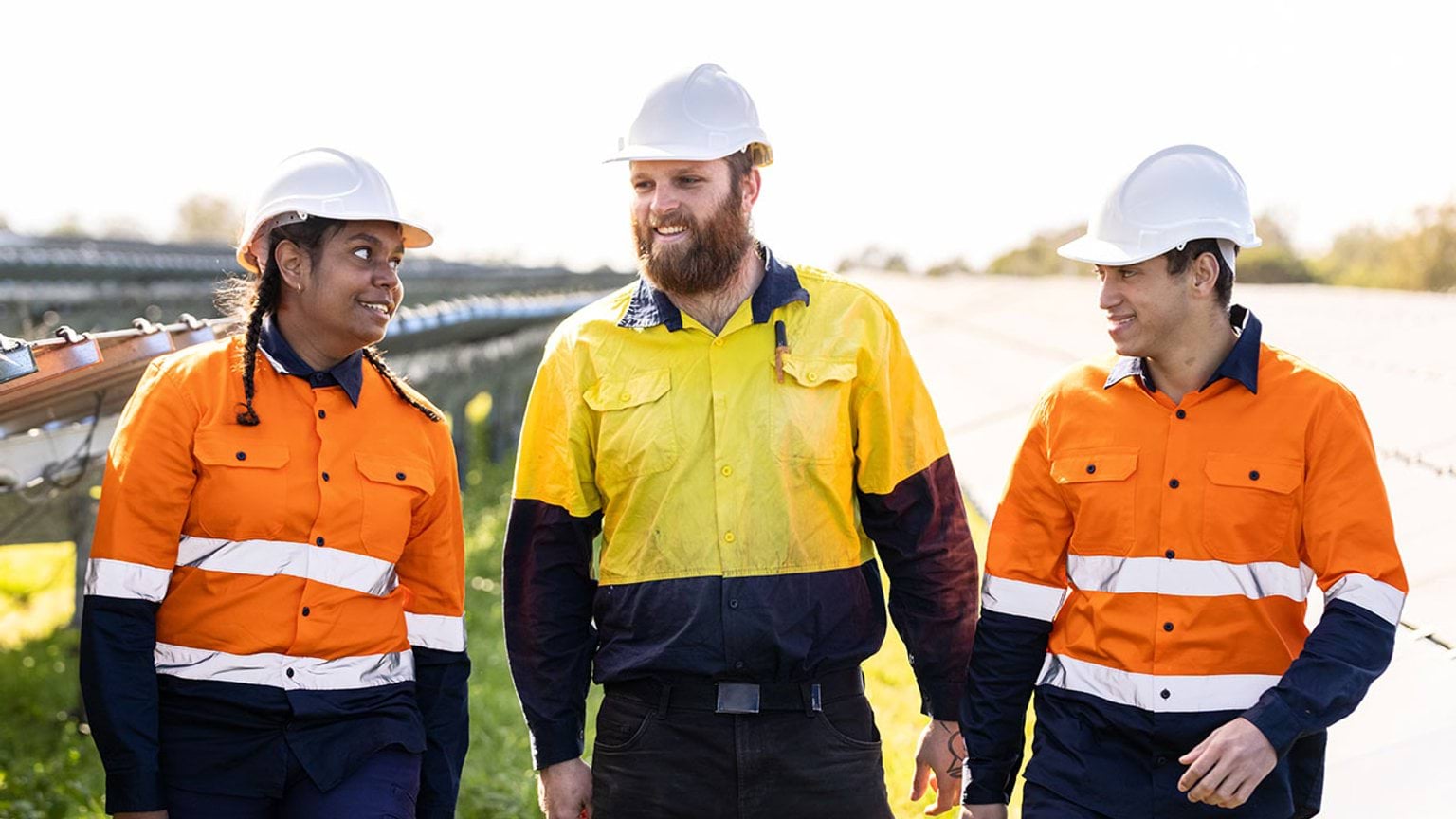Arborists manage the health and safety of trees. It’s a hands-on job requiring both practical skills and a sound understanding of the science of trees.
Find out what an arborist does and the related Vocational Education and Training (VET) courses and pathways you can take to secure a job.
What is an arborist?
Arborists care for and maintain trees and shrubs by lopping limbs, shaping branches, or treating them with fertiliser and insecticides. As an arborist, you may install supports to improve tree health. You may be hired to consult on tree health, or to remove dead or decaying trees.
Find out more about arborists(opens in a new window) and these related jobs on the Victorian Skills Gateway(opens in a new window):
- forestry worker(opens in a new window)
- horticultural nursery assistant(opens in a new window)
- landscape gardener(opens in a new window)
- noxious weeds and pest inspector(opens in a new window)
- tree faller(opens in a new window)
- turf grower(opens in a new window).
Related training courses
Explore these related TAFE and training courses on the Victorian Skills Gateway(opens in a new window):
- arboriculture(opens in a new window)
- agriculture(opens in a new window)
- conservation(opens in a new window)
- horticulture(opens in a new window)
- landscaping(opens in a new window).
You may be eligible for government funding to help pay for your course.
Average salary
The average weekly earnings for arborists in Australia is $1,216.
Source: Your Career(opens in a new window)
Note this salary is current as of April 2024 and is indicative only. A range of salaries apply to different roles across the industry.
Job demand in Victoria
Below are the employment projections for gardener and agricultural, forestry and horticultural plant operator jobs in Victoria. Figures show the number of workers in 2024 and the new workers expected to enter the workforce by 2027 and 2034.
‘New workers expected’ accounts for workers adding new jobs to the economy and replacing retirees over the next 3 and 10 years. These projections are estimates only. There will be additional jobs available as people move between jobs and industries.
Specific data is not available for arborists.
Resources to plan your next steps
Visit our agriculture, horticulture and agribusiness industry profile to find out about:
- what it’s like to work in agriculture, horticulture and agribusiness, and some of the jobs you could do
- training and skills to work in the industry, and financial assistance to help pay for your course
- help getting a job in agriculture, horticulture and agribusiness, and industry job projections for Victoria
- other free resources and advice to plan your training and career.
Explore growing industries in your region
Updated



